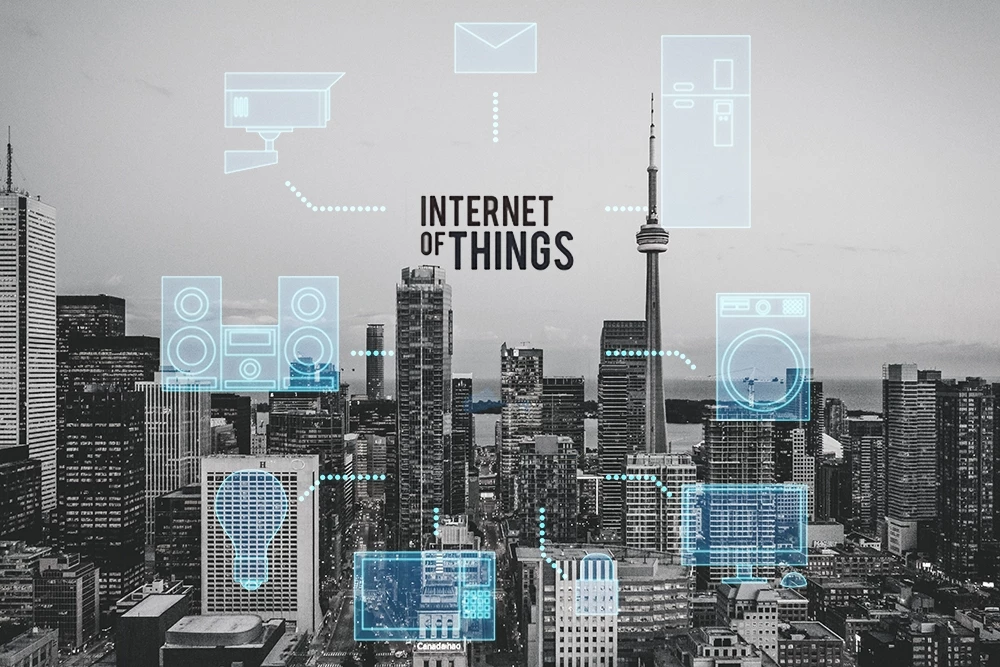
2020, a year the world projects to see global smart homes and buildings market accelerate their growth rate up to USD 35.3 billion!
Fascinating, isn’t it?
This report by Allied Market also concluded stating the major drivers for this spectacular rise in the market is due to high-energy costs, government regulations to spread awareness toward the environmental cause.
Energy-saving: the need of the hour!
The global energy cost is on the rise, thanks to the demands and environmental concerns made by the greenhouse gas (GHG) emission. The construction business will not cease to stop, businesses embracing energy efficiency will continue to rise, buildings using a system to meet their demands will break out – this is where the implementation of IoT comes to play.
With the availability of smart homes and smart buildings, society is looking for ways to refrain from standalone devices. They’re looking for better connectivity and what could get better than entering the world of inter-connectivity – IoT in smart homes. Perhaps a much better way to express, IoT in the industry related to Heating, Ventilation, and Air-conditioning (HVAC).
We’re living in a fast pace generation with different facets in life such as the distribution of electricity, retail, financial services, and even personal gadgets, IoT is already here to change our lives for the better.
According to another report marked by Zion Market Research, it is estimated that the global market for smart HVAC is bound to rise to USD 28.3 billion as compared to the statistics mentioned in 2018 i.e. USD 8.3 billion.
The interconnectivity of IoT with the HVAC industry has proven itself to be superior in the customer-centric field.
It is said the inclusion made between the HVAC industry and the IoT services will pose as a revolution in the realms of air conditioning. How? Data analytics, when coupled with certain algorithms, is set to pave a way for an efficient and smarter home.
When IoT meets building management system
The market for building management system is changing at a rapid pace. IoT is on the verge of transforming industry with smart buildings. Not to forget, the industry with smart buildings is one of the fastest-growing industries for IoT.
Let us delve deeper and find out facts as to why HVAC devices are smart and why society is making a run for it.
For instance, you’ve used your thermostat for a couple of days, perhaps weeks and this device relays to the cloud storage to retrieve data. Recording, retrieving, and displaying data does qualify the device to be smart. What happens with the data later is considered smart – if this data is then collected, manipulated with the help of machine learning algorithms coming to a positive conclusion, this is when the device can be considered smart.
HVAC and IoT – A Holistic Approach
The HVAC IoT system is a hard nut to crack. You need to have a better understanding if you’ll be working with the cogs in this system. You need to get familiar with the process of how HVAC ecosystem functions.
Thus, if you’re looking to deliver a smooth front-end experience in the HVAC IoT system, you need to ensure the latency is reduced for a seamless process the user can follow.
For example, if we look through the workflow of an HVAC IoT system, it is seen that once the command is sent via a web app or a mobile to the cloud, this information is relayed to a device. This device then projects a signal via infrared to the AC (air-conditioner) – this is done only for the ductless remote controlled AC. However, if it is a ductless thermostat, the devices then use hardwire to the boiler to transmit the information.
Besides this, a voice-automated can be used to send over information via home assistant devices using Alexa or Google Home.
The device acts as a sensor sending the information to the cloud storage. This information is analyzed using machine learning algorithms through which external actions can be taken. This machine-learning algorithm easily identifies the current climatic conditions and accordingly set the temperature.
Why IoT is Better at HVAC Optimization?
Truth be told, many industrialists and the retail industry aren’t aware of how HVAC and building management system functions. In the present scenario, customer experience is all that counts. Perhaps they may be aware of the fact of how the building management system monitors its electrical and mechanical functions, but what they do not know is the fact of how HVAC optimization is supporting their productivity.
- HVAC system provides 44 percent accountability for the energy consumption of commercial buildings.
- Reduces energy usage along with costs near about 20 percent to 40 percent.
- It ensures to consistently maintain healthy air quality.
- Help maintain and improve the system reliability at an optimal temperature.
- What’s even better? It helps reduce carbon footprint.
It is always seen that personal comfort such as health, productivity, and people’s satisfaction is a significant factor for all humans. With the HVAC system conglomerated with IoT, we believe they’ll be doing wonders across the industry.
Are we all heading toward the IoT dominated world?
